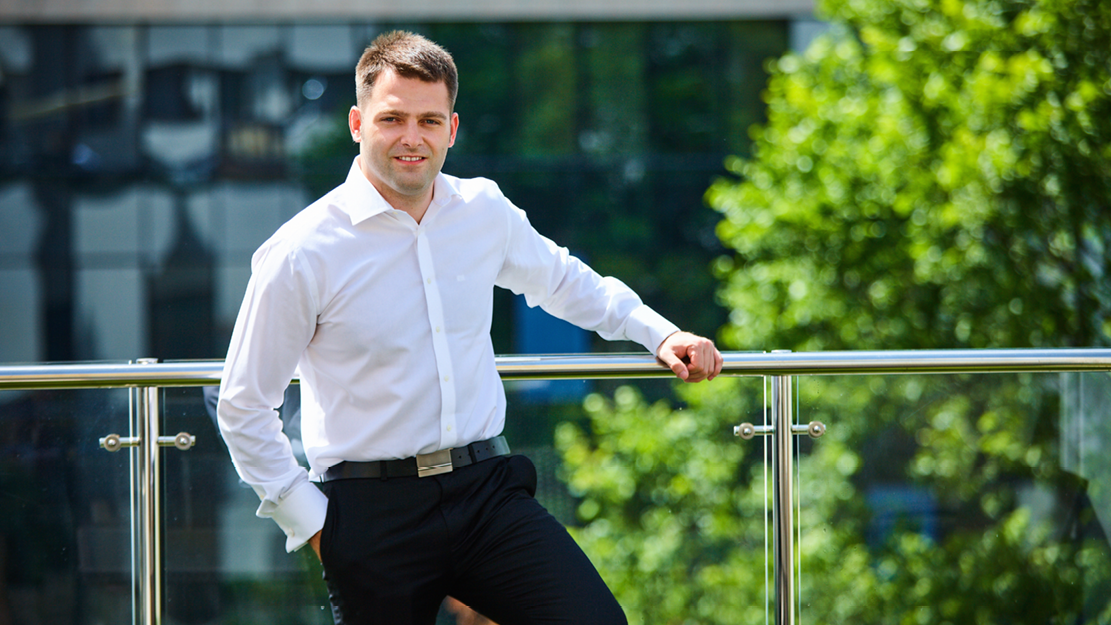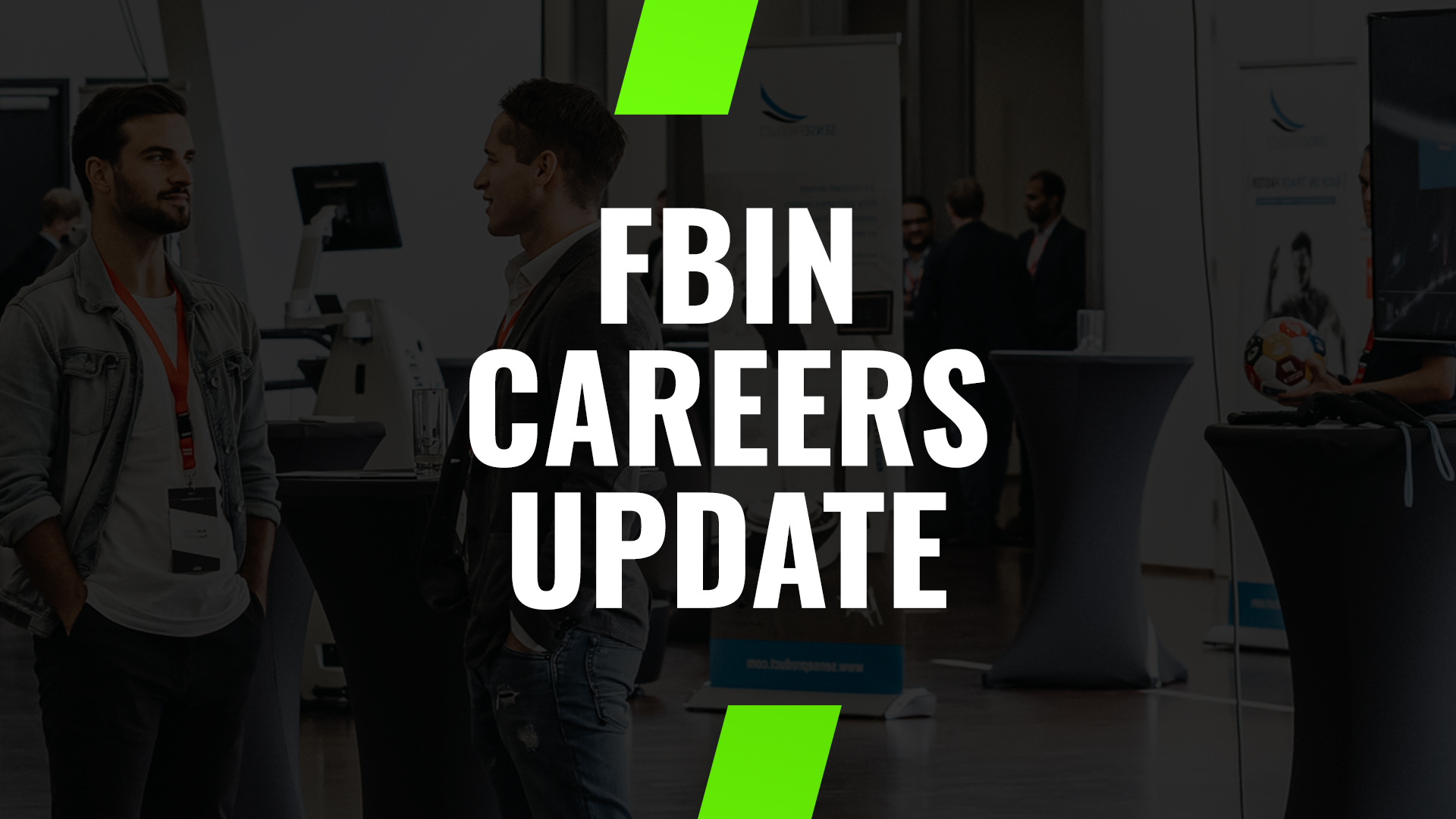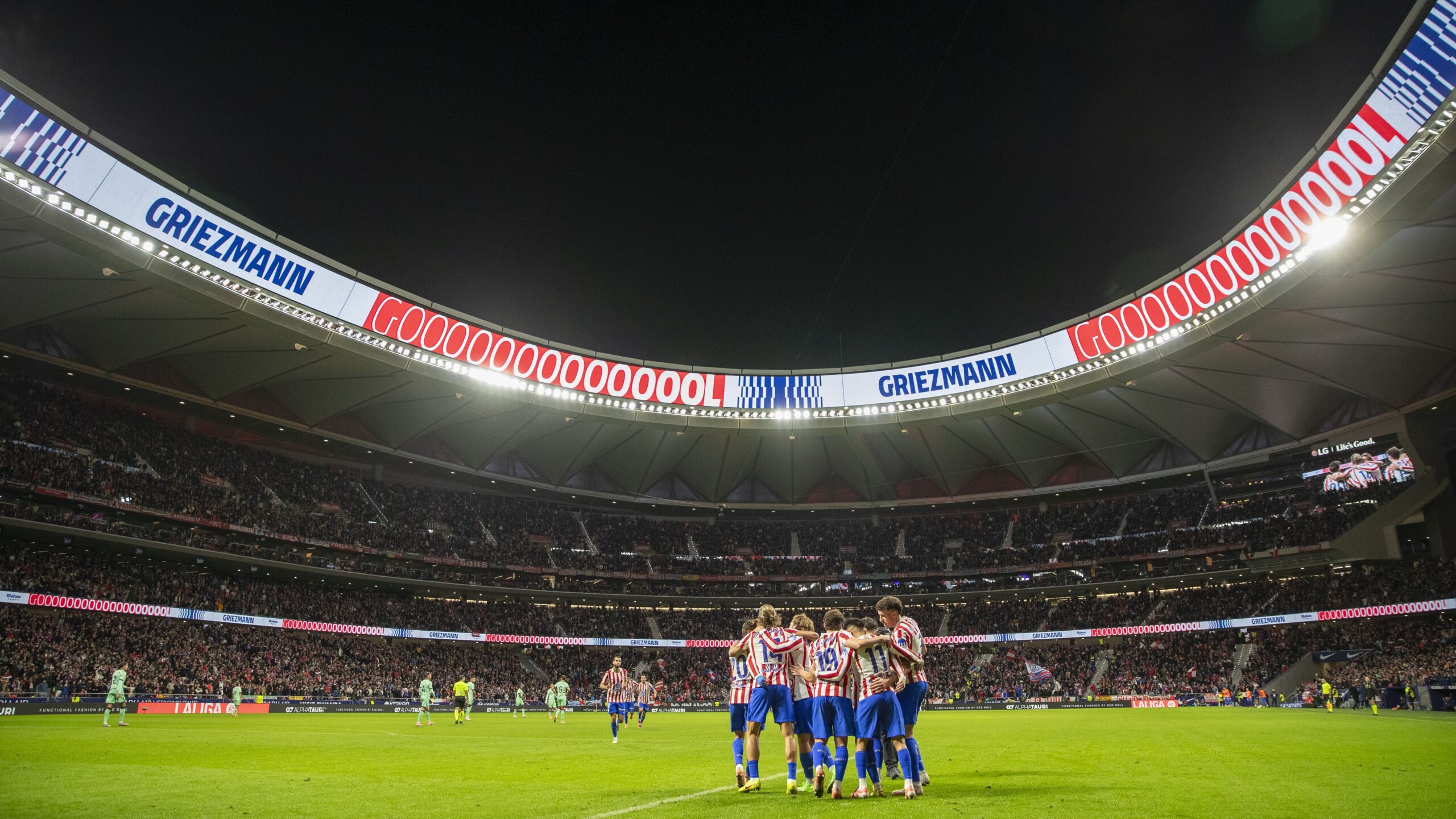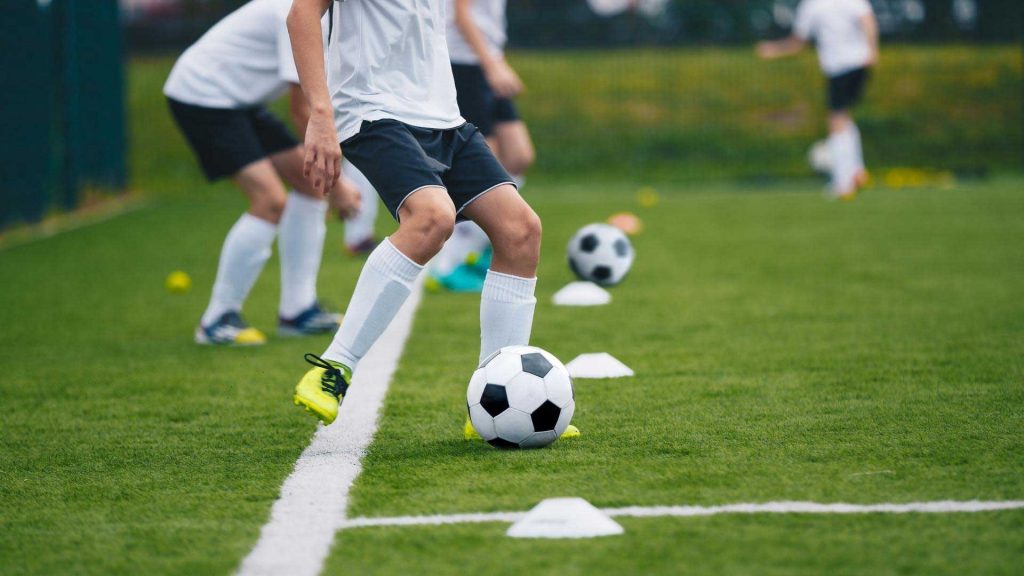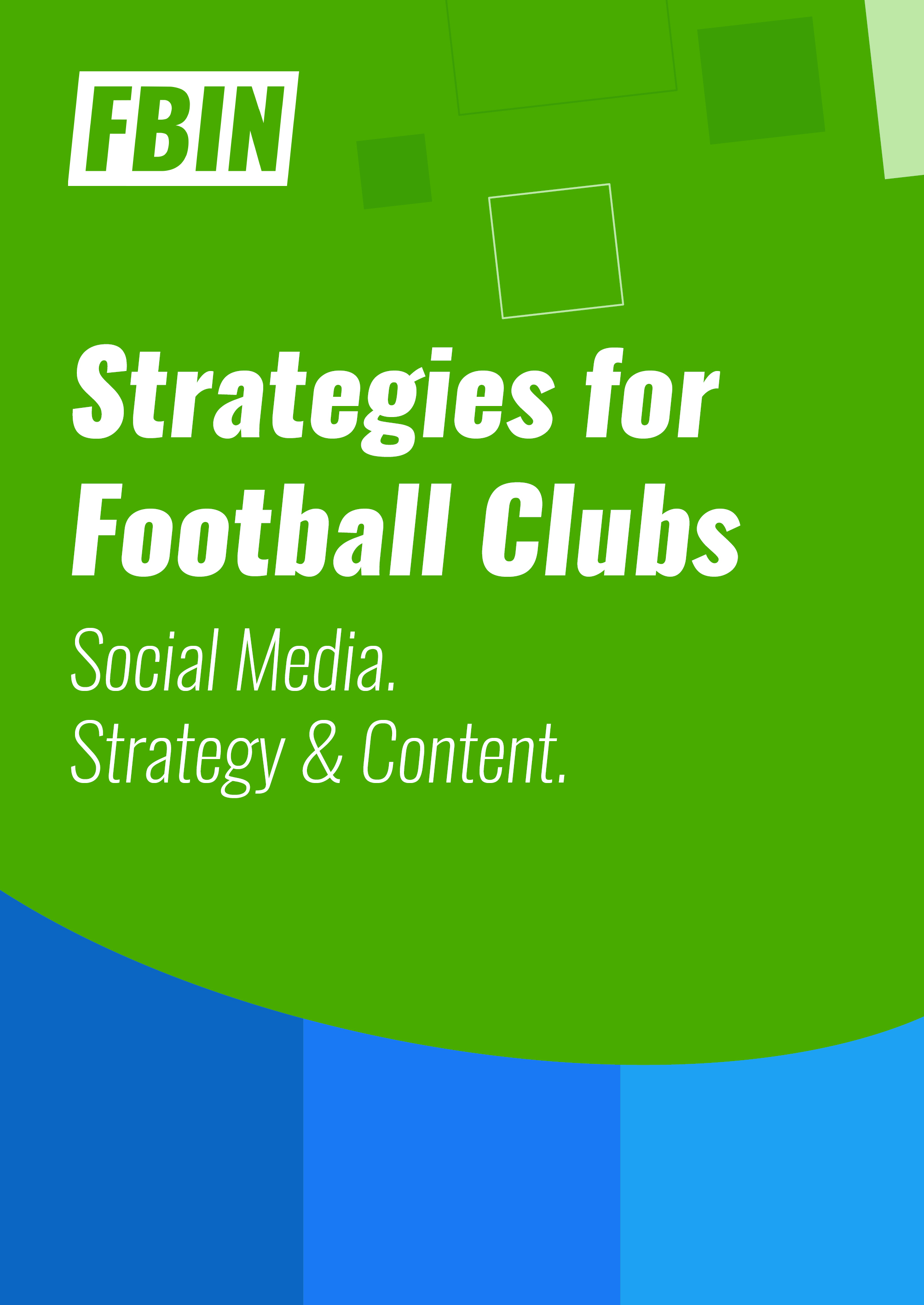Since 2014 Shakhtar Donetsk has been moving around the Ukraine. They played in Lviv, Kharkiv and now they will stay for at least three years in the hometown of their biggest rivals, Dynamo Kiev. Alexander Mamalyga, Shakhtars Marketing Director about adapting to this situation and still keeping on growing and developing the club.
This interview was originally published in the FBIN Magazin from March 2021.
You are currently playing in Kiev. Can you briefly describe the situation in your home region?
Alexander Mamalyga: The team is originally from Donetsk, Ukraine, but in 2014 due to Russian supported separatist, Donetsk is no longer under Ukrainian control. Consequently, the team had to move to a different venue. In the course of the last 6 years, the team played in Lviv (which is the most western city 1000+ km away from Donetsk), and in 2016 moved to play in Kharkiv, which is the closest arena to Donetsk about 200+ km from the city. All of this time the team training grounds were based in Kyiv, so basically, for every game the team had to fly over either to Lviv or to Kharkiv. Finally, in 2019 when the pandemic hit, a decision was made to strike a deal with NSC Olympiyskiy (National Olympic Arena), in Kyiv to minimise travelling efforts for each game. While it is a NSC Olympiyskiy is a national stadium with no attachment to any of the teams, it is perceived to be the main venue of our primary national rival FC Dynamo Kyiv. Effectively, for the upcoming 3 seasons we will be playing in the city of our main rival on this arena and marketing to our fans to come over to this stadium.
You played in several cities across the country, now you moved to Kiev. Why?
The first city (Lviv) was chosen to provide maximum security for the team, and move as far as possible from the conflict zone. At the time, when the decision was made it was not clear what the political situation was going to be and for the fear of the full scale Russian invasion and conflict escalating further the decision was made to play there. The major issues in Lviv were that on the one hand there was little support for the club initially, and the stadium is located outside the city, which made it very hard to drive people to the stadium. Consequently, in 2016 the decision was made to move closer to Donetsk, and play home games in Kharkiv. I joined the club at the end of 2017-18 season. Because, there were growing concerns about stadium attendance in Kharkiv and the need to focus on improving the attendance as a whole. Consequently, starting the 2018-19 season we’ve begun significantly changing our marketing approach and working towards improving attendance numbers. We’ve managed to turn attendance into a positive trend, as well as significantly increase the number of fans visiting all games through the season. This is one of the most important KPI’s for us, because it effectively is one of the proxies to assess fans’ attitude towards the club. However, while the dynamic was good in terms of attendance the stadium facilities in Kharkiv were deteriorating and since we did not own the stadium the question of what we should be doing was appearing there in the background. As a result, we’ve completed several feasibility analyses to assess Kharkiv and Kyiv and where we could generate better financial performance as well as stadium attendance. Our projections favoured Kyiv, so when the pandemic hit, it made no sense to fly the team over to Kharkiv, and we could assess cooperation with NSC Olympiyskiy. After initial games in Kyiv the decision was made to move to Kyiv and play there. So effectively, this season (2020-21) we’ve started playing in Kyiv, and hopefully from 2021-22 season we will be playing with fans.
Kiev is the hometown of your biggest rival. It’s like Real Madrid is playing it’s games in Barcelona. How is this even possible? How are the fans reacting?
It’s more like Barcelona playing in Madrid. However, it is not as straightforward as just moving to another city and leaving your fan base. There are multitude of factors, which we took into account. Since 2014 there has been a significant number of internally displaced people from conflict regions and specifically from Donetsk. Overall registered number as of December 2020 in Kyiv region is 220+ thousand people, at the same time only a fraction of people actually do register, so the real number is much higher. Consequently, one of our sub segments for the target audience are those groups of fans who used to support us in Donetsk. In 2018 the conflict with Russia escalated, and as a result in Kharkiv martial law decree was issued, and no fly zone implemented. At the same time we were playing Lyon in our final Champions League game, and naturally UEFA decided to move the venue to Kyiv. Marketing wise, when all was said and done, we received the news about 5 days before the game that we will need to run a campaign in Kyiv. On top of that the weather conditions were abysmal it was snowing with rain on a game day. Our expectations were to achieve 22-25 thousand in attendance under these circumstances, but actually managed 33 thousand, as well as significantly exceeding our revenue projections. All in all, there is a basis to expect better performance than in Kharkiv in terms of both attendance and revenue, but it will ride on how good we prepare match day experience for the fans as well marketing and sales creatives and communication to reach those goals.
Do you have such a big fan base in Kiev as well?
As I’ve previously said, there are a number of internally relocated people originally from Donetsk region. So, we will be working to activate those sub segments to attend our games. On top of that, there are other sub segments which are both from Kyiv and may come from outside the city to attend our games. It will boil down to segmentation, profiling and effective marketing to reach targeted numbers.
Kiev will be your home for at least three years. How important is it for your planning and developments to have this certainty?
This provides an opportunity to launch specific projects within this timeframe, as well as plan for specific numbers in terms of revenue and attendance. However, as the last couple of years show, it is imperative to be able to adjust and adapt strategy depending on new circumstances. All in all, this is definitely more challenging and specifically, when it comes to venue infrastructure, harder to implement needed changes on a shorter time frame.
One of your main objectives is to grow your stadium attendance. Why is this so important for you?
Stadium attendance is effectively a measure of fan loyalty to the club. Good attendance drives the team forward, creates atmosphere at the stadium and drives sponsorship deals. Again, as 2020 shows empty stadiums are a sad place to be at and significantly detach from the whole match day experience even if you are watching this on TV.
After moving away from Donetsk, you had to reach a completely new target group to fill your stadium. How did you manage to do that in that short time?
Provided our experience, we understand that attendance of every specific game is based around sub groups of fans who show up to the games. These groups are not homogeneous, and vastly differ from one to another depending on a specific game, weather conditions and general demographics. Consequently, we have several segmentation levels in terms of our marketing approach. The most basic level is demographic segmentation, for example, we have a subgroup of fans with families, who want to spend time with their families during weekend days, when the weather is good enough. For this group of fans the opposing team as well as the tournament does not matter that much. They are in, to enjoy a day out with their family. So, from a marketing standpoint we designate several sectors at the stadium for these groups of people, and gear up entertainment at the stadium to fit the target audience profile, to make sure they get more value from our event then say if they were to go to the cinema, shopping mall or part with their family. We do provide various entertainment zones for different profiles of our fans on every game. Things get more difficult when the weather conditions deteriorate and the temperatures hit zero or below zero marks. For these types of games, we rely more on assessing the actual affinity of each fan in our database towards our brand and effectively work in our CRM system to make sure that the most loyal fans show up to the game, and those fans who are close to be ranked loyal get there as well. Needless to say, fans affinity is a dynamic measure and we’ve devised a methodology based around interaction with our brand which allows us to measure each individual fan’s affinity at any specific point in time. We recalculate the affinity score for each fan on a daily basis, which helps in both segmentation and actual driving fans to the stadium.
You are working on the marketing strategy for the next couple of years. What are the main points, the biggest projects?
Historically, we were utilizing a more traditional approach to revenue generation. Our main revenue streams were match day sales, season ticket sales, VIP and sponsorship deals. We don’t really get any revenue from TV rights. Therefore, in the last couple years, we’ve naturally had to reassess and focus on developing new revenue streams because our historic approach can no longer support us in hitting ever growing targets. Specifically, during the pandemic we’ve started focusing more around content creation, developed new software services, such as official club apps, and are looking at various entertainment opportunities as well as esports. The major challenge for us is that we need to provide ROI positive solutions, meaning there is little margin for trial and error.
You know your fans very well, how do you collect the data to create this knowledge?
Effectively, we drive fans towards utilizing our ecosystem, in the first season (2018-19) when I joined the club, we focused around superior fan identification and database growth. Within that season we’ve quadrupled the number of fans in our database. We’ve also devised methodology which dynamically segments fans and assess their affinity. In turn, this allows us to more effectively retain and drive fans back to the stadium. Consider an example, if a fan buys a season ticket, this action would probably rank a person pretty high on affinity scale and normally the sales team would come back to sell another season ticket to the fan a year later. But realistically, even if a fan purchased a season ticket his or her loyalty to the club fluctuates. Through the interaction with the fan we score affinity and if the value for affinity for a specific season ticket holder drops, we can much faster engage with that person and make sure he or she remains our fan.
Specifically, we focus on identifying fans, segmenting them, and then trying to provide clear cut value for each specific fan. All of the technological solutions are worth little, if the end fan does not receive measurable value.
What are the main touchpoints with existing fans and how do you reach out to potential fans who are not yet engaged with the club?
At the moment, we are working towards expanding our touch points with existing fans, for now we have data from sales, attendance, interactions through our communication channels, as well as call centre, and additional analytical systems which partially touch upon social media and other channels.
With the new fans or not yet engaged fans, it is a rather different approach. In order to start working with fans we do need to identify them in our systems. Therefore we utilize outbound marketing focused primarily on generating attention and interest, and then drive fans towards identification. Once a fan is in our system, we utilize various marketing processes to get a fan on board and support the club.
How are you using this extensive knowledge?
It all boils down to numbers. For instance during the winter period, running the same marketing mix that we run during summer is economically not efficient, especially when we are trying to engage new fans. So, for the majority of the winter events we work with our loyal fans and drive them to the venue. This approach proved in Kharkiv when during last season we’ve significantly improved the number of fans visiting all games. We’ve been able to drop our marketing costs around 20%, while increasing revenue ~25%.
How often are you “speaking” to your fans? Which channels do you use and what are you telling them?
We have intensive communication through all of our channels, yet we make sure that our fans aren’t bombarded with messages non-stop. In communication we are trying to focus on quality. For instance whatever we are offering to our fans, we are always trying to find added value for a specific subsegment. Therefore, we have basic comms planning and make sure each subsegment within our CRM system gets relevant communication. We use social media, general PR, TV channel, various messengers and other marketing tools. On top of that we often talk with our fans via call centre and get feedback from the fans about what went good, and what needs to be improved. Our standard procedure includes getting NPS (Net Promoter Score) and CSI (Customer Satisfaction Index) after each game, and this extends to other products that we market.
Did the pandemic change your fan communication?
Pandemic, effectively reduced touch points with the fans. It also negatively affected affinity scores because of both the reduced number of touch points as well as fewer communication opportunities. It is fair to assume that fans who used to go to the stadium every other week, have somewhat changed their behavior, and marketing teams would need to address that. In our case we will need to do this in a new location, so my projection is that the first games will be relatively straight forward in terms of marketing, but as we get closer to adverse weather conditions the challenge will begin to emerge.
How many people are using the Shakhtar app?
We’ve launched an updated FC Shakhtar app in August 2020, this is an in-house development, and so far has had some 30+ thousand users. The app is in BETA stage and we are testing different products. We’ve not actively marketed the app, and are gearing all systems to be ready towards the start of the next season.
1,4 million people are following you on Facebook alone. How can you use – and maybe monetize – this huge reach?
Social media does provide insight in terms of potential new locations and market opportunities. Specifically, on Facebook we have a huge segment of followers from Brazil. But the number of followers alone don’t provide the full picture. In our case we are looking at assessing potential fan engagement in new locations and will be providing proxy offers in new locations in the next couple of months. Sadly, we don’t command massive marketing budgets which requires us to be effective. All in all, we’ll run tests and based on the result will deploy next steps.
The goal of Shakhtar is to become one of the leading clubs in Eastern Europe. That means to shift from a more regional club to a national and international brand. How can you achieve that?
The definite upside is that the sporting result is there. But from a marketing standpoint, this is not that easy, because there are a lot of clubs with strong results in other parts of the world, so for us it starts with the clubs positioning, we need to identify what we can offer fans in new locations which would make our brand relevant for them. From there we will be able to develop a marketing mix and start approaching a new audience.
To grow the international presence is also important for commercial development. How do you plan to monetize your reach? And how do you do that already?
One of the results of the pandemic is that our partners do ask us to deliver performance marketing. This means that we work with our partners and create offers for them, which actually generate value for the fans. Our approach is relatively straightforward; we value our fans and trying to deliver great offers for them by working with our partners. With international expansion, we will be able to engage new partners, and hopefully generate value for our fans. Whenever we implement new features or rollout new products, we are always asking ourselves how this would be beneficial for our fans. The issue is that, if you are truly focusing on building loyalty, you need to be genuine with fans, otherwise it’s not going to work out long term.
You joined the club in 2018. What changed since then in terms of digital development?
Specifically, we’ve started relying on digital solutions significantly more. As previously said, we’ve devised new approaches to fan management within our system. The marketing team grew and we’ve started working on new projects, software development, content creation, and selling new products in atypical markets. The complexity of marketing rapidly increases and becomes geared towards specific measurable numbers.
Are you in exchange a lot with other clubs, also from Western Europe?
I wouldn’t say a lot, but occasionally we talk with other European clubs, like AC Roma, Manchester City to name a few. The issue is that our position is unique in a sense of the objectives we need to sort out like engaging fans outside home venue on a permanent basis, sharing a stadium with our main rival, while remaining ROI positive.
How do you see Shakhtar in terms of digital transformation compared to them?
In comparison to other teams, we need to do a lot more in terms of marketing and digital transformation to just keep up. And in terms of just efficiency measures we are strong, possibly stronger than a lot other clubs. In the process we develop new approaches, and skills, test and implement new ideas. In the end if you have only one arm left, you can either continue the fight, or fold and folding is not an option.

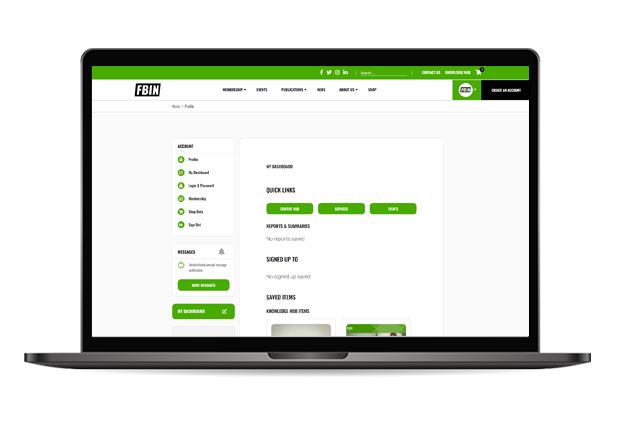
 Upgrade to Premium Now
Upgrade to Premium Now
